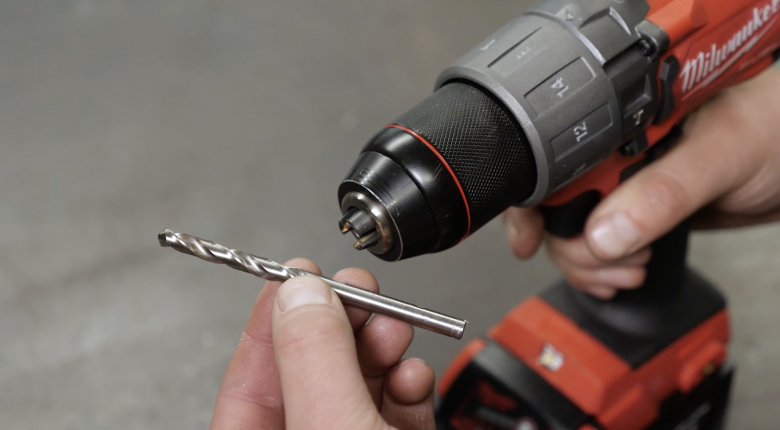A drill is one of the most used items within the motorsport fabrication workshop and you're going to spend a lot of time using one, so it's important to choose one that suits the requirements of the projects you have in mind or give flexibility to make your tool investment dollars go further.
On face value drilling seems like a simple enough task and it can be, however it's also an area that we repeatedly see people make avoidable mistakes when it comes to using the right drill and bit for the right job. These mistakes can affect the quality and accuracy of our holes and just as easily destroy our drill bits, so we'll cover some quick considerations around this too for you via a drill speed chart.
In this article: Hand Drill | Drill Press or Pedestal Drills | Drill Bits | Drill Speed Guide/Chart | Conclusion
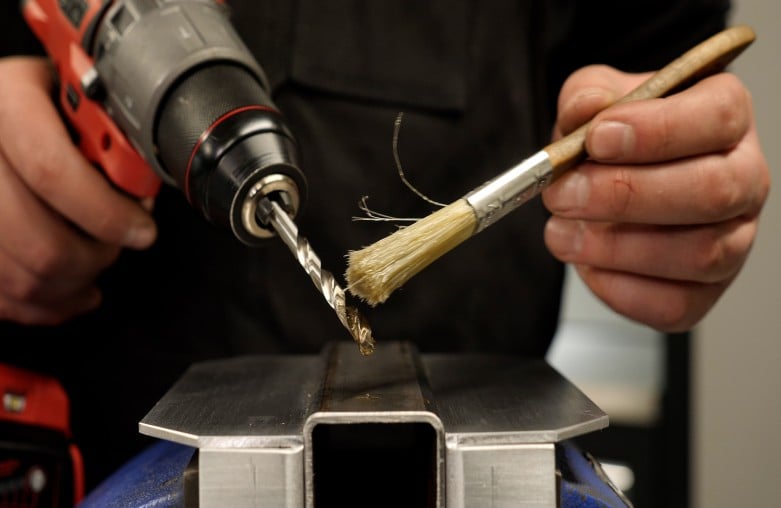
Hand Drill
Drills are available in a few different styles and we'll start with the most common which is the hand drill. These can be further broken down into mains powered or battery powered. Unsurprisingly there's quite a wide variation in the quality of the drills available on the market and it pays to ensure you're buying a quality product, regardless what type you're shopping for.
Fabrication tasks tend to put our drills through hell and we need to make sure that whatever we buy has a few key features that'll ensure it lasts the test of time.
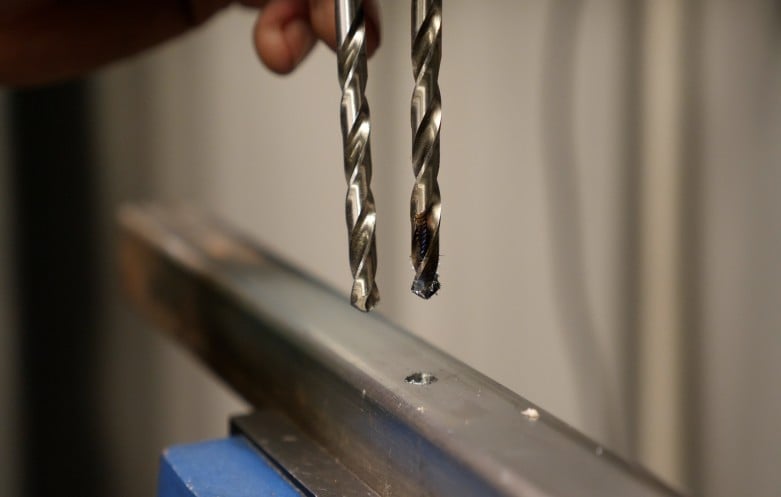
Firstly and probably most importantly, are the internal gears. On cheaper light duty drills, these are manufactured from an engineering plastic and these will have a limited lifespan. The more heavy duty drills, both corded and cordless, offer quality metal gears that give the drill a much longer lifespan.
With the recent advances in battery technology, cordless drills can easily be relied on to do the majority of work around the garage or workshop these days. The same issues around battery life as the grinder, also apply to the battery drill of course, so it's always a good idea to have a spare battery on hand. Hand drills do have their limitations though.
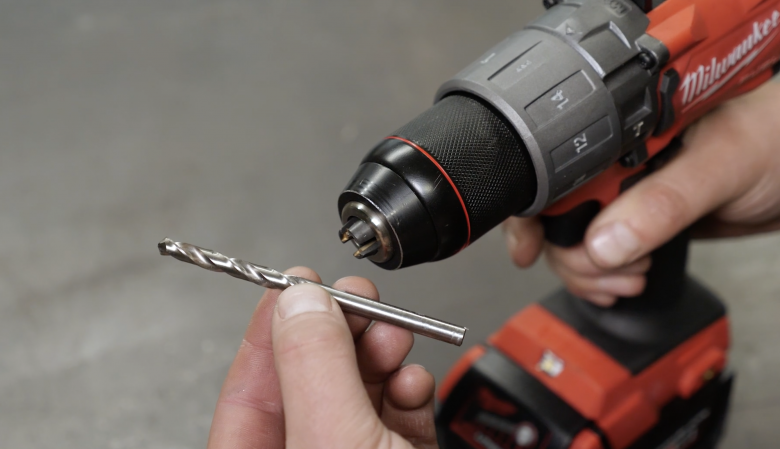
The first is the chuck size as most hand drills have a maximum chuck size of 13 mm which limits the size of the drill bit we can use. On this note, some of the cheaper drills will only have a 10 mm chuck which can be very limiting for our purposes so this is definitely something to stay clear of when you're selecting a suitable drill.
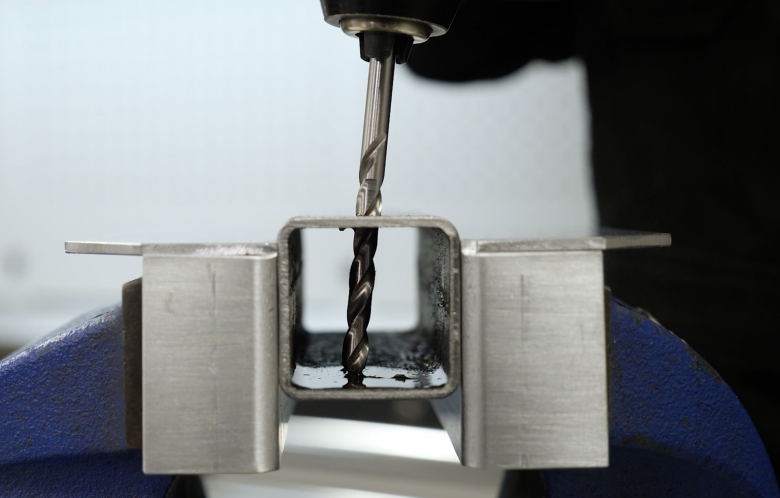
The second is our inability to hold a hand drill at exactly 90° to our work piece. For shallow holes, this isn't huge problem but for deeper holes with tighter tolerances, it may prove to be a problem. A good way to overcome this is to consider the addition of a pedestal drill or drill press.
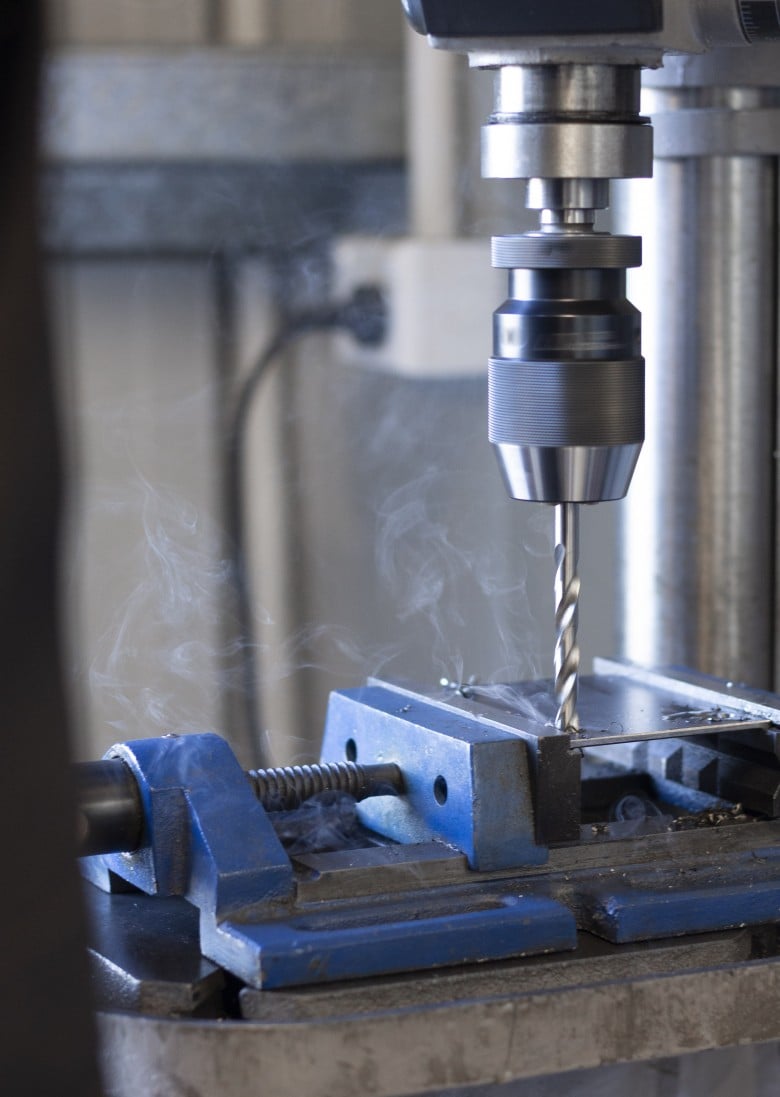
Drill Press or Pedestal Drills
Drill presses or pedestal drills are available in freestanding or shorter bench mounted version and they offer us a greater flexibility in the size of hole we can drill as well as the accuracy of that finished hole. The pedestal drill is especially useful when drilling larger holes since the work piece can be clamped rigidly to the table which is not only important for the quality and accuracy of our finished hole but also for your own safety.
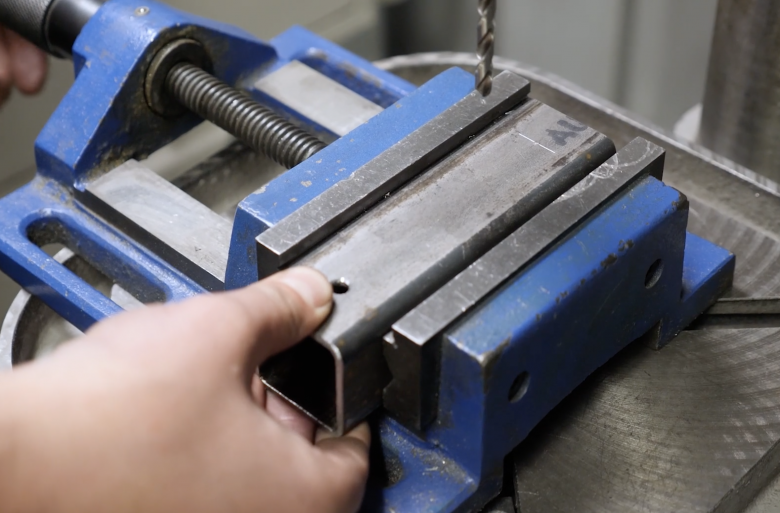
This style of drill also accommodates much larger drill bits thanks to its tapered spindle and generally you'll also have increased torque available as well as much finer control over the drill RPM.
With the actual drill covered, we also need to consider the drill bits.
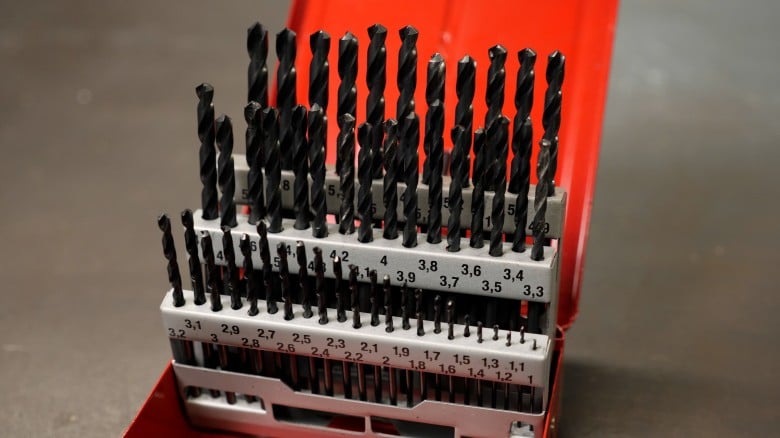
Drill Bits
These are available in many different forms and for our purposes in motorsport fabrication, the most frequently used drill bits are made from high speed steel. These have a twist design with a sharpened point at 118° and a cylindrical shaft.
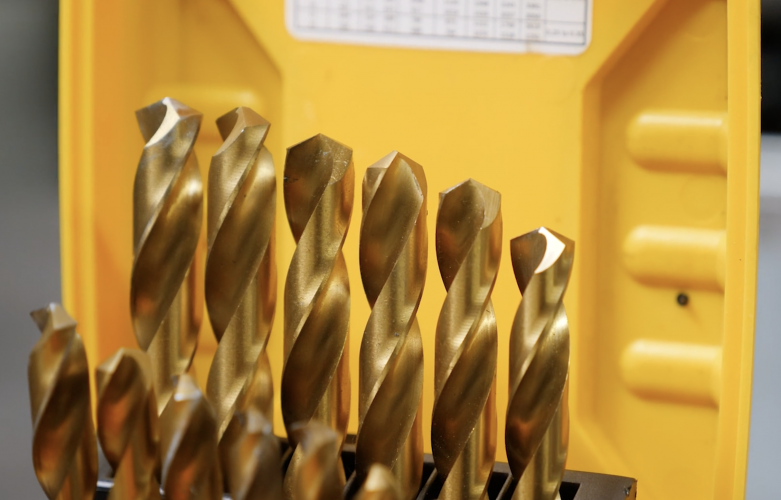
Titanium nitride drill bits are also common and these can be recognised by the gold coating and are considered an upgrade over high speed steel drills. These share the same shape and dimensions as the high speed steel drill bits but benefit from the titanium nitride coating which can extend the life of the bit by 4 to 6 times over a high speed steel example.
Another drill bit option is cobalt which are machined from solid cobalt alloy and high speed steel and offer great abrasion resistance for hardened steels like stainless and chromoly.
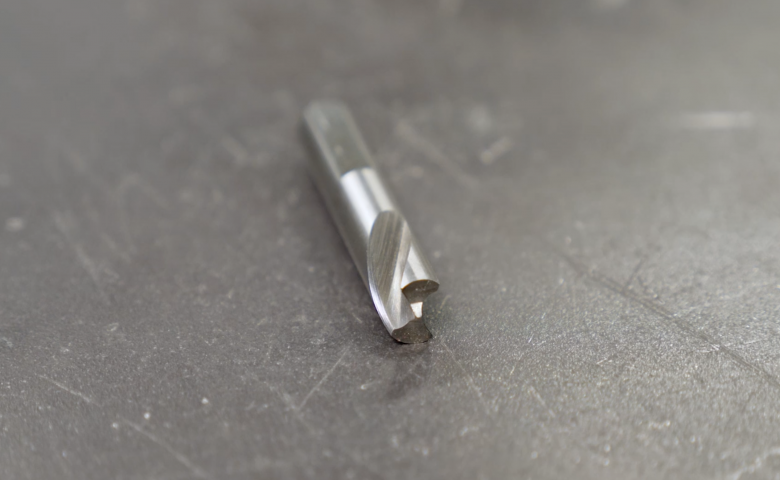
Spot weld drill bits or sheet metal drill bits are similar to our normal high speed steel drills but are sharpened in a way that they cut with a flat face.
These are really handy for removing spot welded panels without drilling the whole way through the base panel.
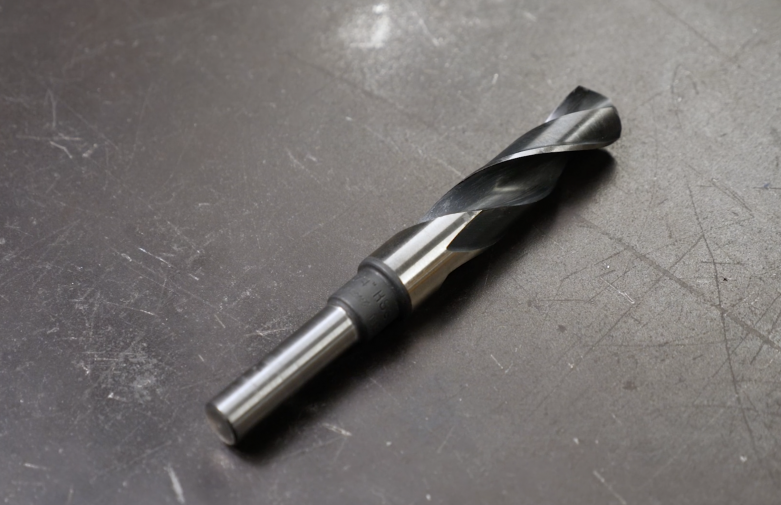
Reduced shank drill bits offer a larger sized drill that'll still fit in your regular 13 mm drill chuck. These offer a versatile solution to getting a larger hold into your workpiece than your chuck would usually allow but one thing we need to be careful of with these is having them spin in the chuck if they grab in the work piece. A drill bit spinning in the chuck won't just damage the drill, it'll also damage our chuck, limiting its ability to grab smaller drills under about 3 mm in diameter. It's for this reason that large industrial drills have a tapered shank called a morse taper. This holds the drill firmly and accurately in place and allows the full torque of the motor to be reliably transmitted to the drill bit.
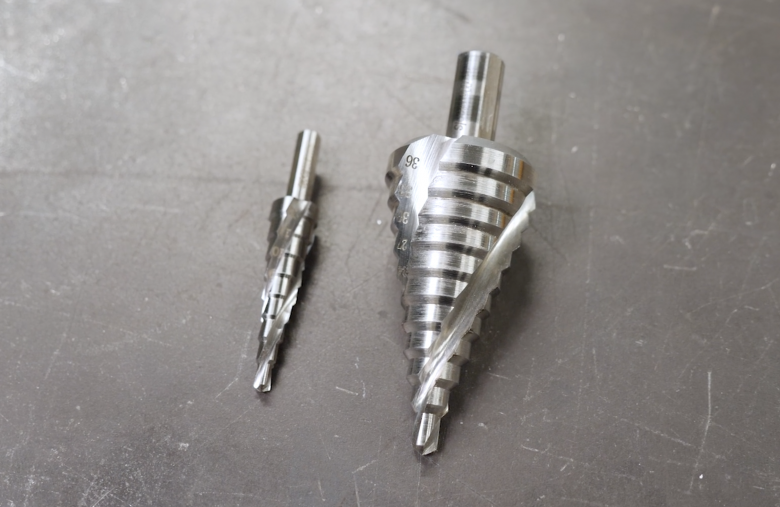
Another option to create larger holes is a step drill which as its name suggests, steps up from a small point and allows us to drill in an incremental manner until we get to the size that we need. These step drills are usually coated in titanium nitride because they can develop a lot of heat and wear quite rapidly otherwise.
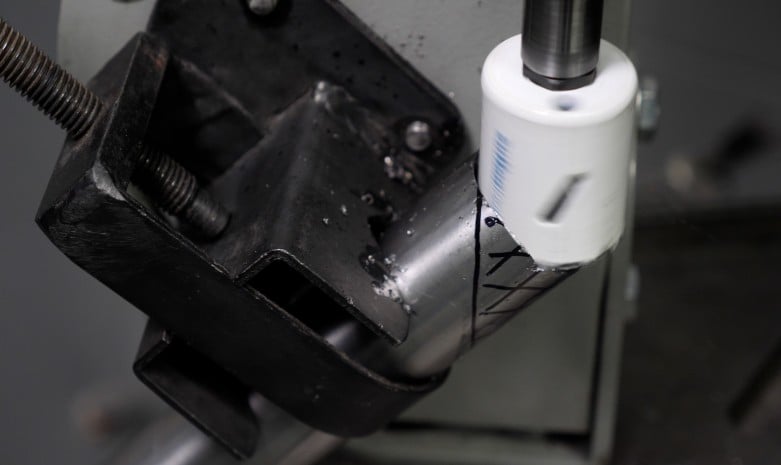
The biggest and baddest of them all though is the hole saw which is used a lot in motorsport fabrication and allows us to cut large holes in thinner materials with ease. The hole saw uses a quarter inch pilot drill mounted in an arbor that locates a bi metal serrated outer ring to cut the material. Bi metal simply means that the cutting face has been coated in a hardened material for increased durability. Hole saws are avaiable separately or in a kit and range in diameter right up to 125 mm.
When selecting a hole saw kit it can be tempting to choose some of the cheaper options, commonly seen at automotive supply stores. While the price might be attractive, they typically aren't up to our requirements for cutting metal and they won't last very long due to their generally poor quality manufacturing methods and low cost materials, and this can also make it hard for us to drill an accurate hole, so put some value on your time and get a decent set or even just one at a time as/when/if you need them.
It's important to understand that the speed at which you operate your drill will also have a big impact on the life of your drill bit as well as the quality of the finished hole.
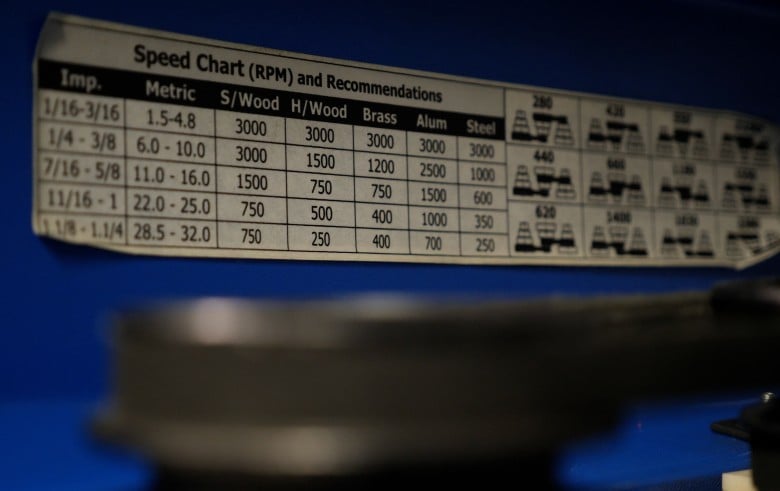
Drill Speed Guide/Chart
To simplify this and get you started, we've included a simple chart here that you can print out and place near your drill press. To use this chart, you simply need to select the material you're drilling and beside the material, you'll find a recommended cutting speed. You can then reference the relevant cutting speed column and move down until you find the specific drill size you're using and this will give you the recommended RPM.
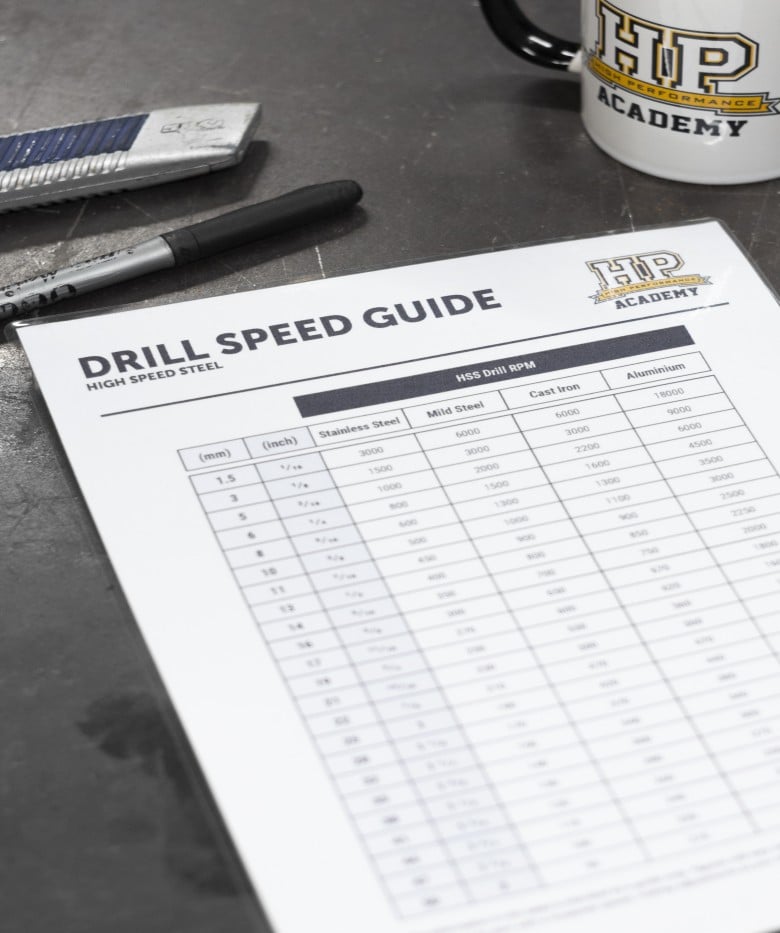
While this is always going to be a good starting point you may still find that depending on the style of drill you're using, you may need to manipulate the final drill RPM slightly.
In general, the more accurately and rigidly the drill bit is supported by the drill spindle, the faster we're able to drill. On the other hand with cheaper and lower quality drill presses, more flex or movement will be present in the spindle and this can result in our finished hole looking slightly triangular in shape if we drill too fast. This can be seen clearly if we compare the amount of movement present in our own drill press to what we can see in our mill drill.
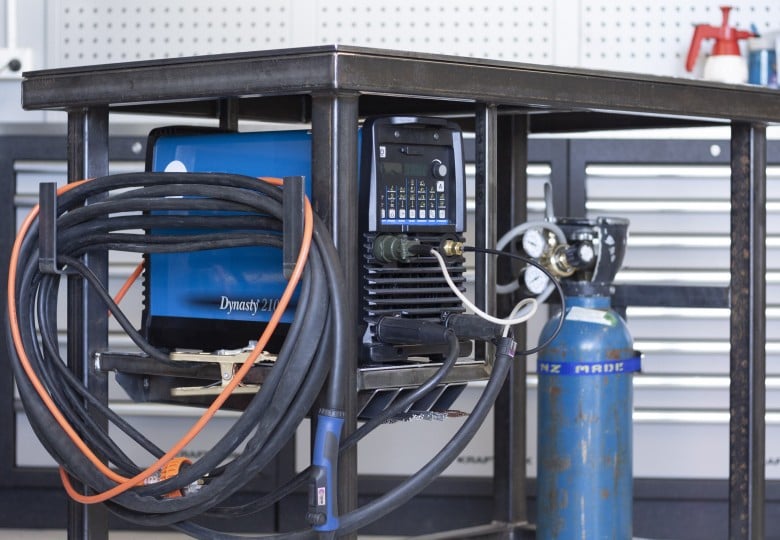
Conclusion
It is important to remember that you can do a lot with a little and there are some easy ways to make that little go a long way too when it comes to taking simple steps to ensure you use good quality tools, new or secondhand, in the correct way. That can be as simple as taking a few seconds to double check your hand drill from another angle to ensure you are drilling straight and not about to waste material, to using the correct drill speed for your bit and material remembering that while they are a consumable, you should get some distance out of a quality drill bit used in the right way.
Just in case you get it wrong though, note you will learn how to sharpen your own drill bits along with many other fundamental skills including notching, grinding, bending and using dimple dies in the fabrication fundamentals course.
